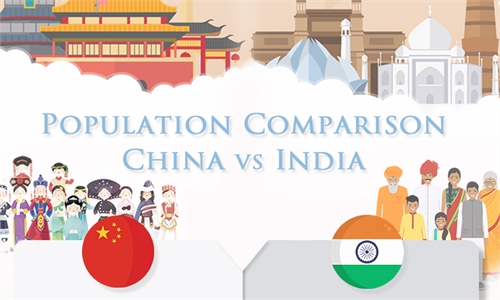
Workers are busy at the construction site of a smart factory in the economic and technological development zone in Yinchuan City, northwest China's Ningxia Hui Autonomous Region, May 1, 2021. People from various sectors stick to their posts during the Labor Day holiday. Photo: Xinhua
China's advantage in domestic market still exists and the labor resources are still abundant. With the continuous improvement of population structure, new advantages will gradually appear, said National Bureau of Statistics on a declining workforce population seen in China's latest population census.
China's workforce shrank according to China's latest population census results released on Tuesday.
The number of Chinese labor force between 16 and 59 years dropped nearly 40 million to 880 million in 2020 compared with 2010, which is still abundant according to the NBS.
China's large population base has not changed, and the advantage of its large domestic market will exist for a long time, said Ning Jizhe, head of NBS. "China's labor resources are still abundant and population dividends still exist," said Ning.
"The average age of China's population is 38.8, which is still young and energetic. It is almost the same to the average age of the US which is 38 years old," he added.
The quality of the working age population has improved significantly and the talent bonus will gradually appear, Ning noted.
The average number of years of education for the population between 16 and 59 years old increased from 9.67 to 10.75 years in 2020, with illiteracy rates decreasing from 4.08 percent in 2010 to 2.67 percent in 2020.
As working age population is decreasing slowly year by year, and the economic structure and the development of science and technology need to be adjusted, Ning said.
"The aging population is expected to promote the development of 'silver hair economy,' expands the consumption of elderly products and services, and promotes technological progress, bringing new growth opportunities for the country," he said.

